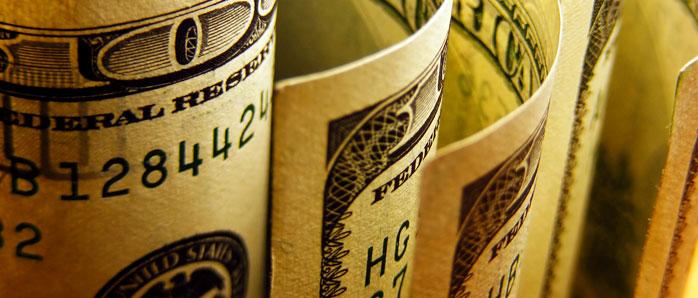
The Price to Cash Flow ratio (Price/Cash Flow or P/CF) is an investment ratio that is used to evaluate the investment value of a company’s stock.
The P/CF ratio is often a forgotten ratio. Many individual investors don’t use price-to-cash flow because it’s not as readily available as the P/E ratio. And calculating a company’s cash flow takes a little more effort.
The P/CF ratio is calculated in a similar manner to the P/E ratio with one exception, price per share is divided by operating cash flow as opposed to earnings per share.
HOW THE PRICE TO CASH FLOW RATIO IS CALCULATED
Calculated as: Share price / cash flow per share = Price-to-Cash Flow![]()
The price to cash flow ratio is calculated by dividing the per-share stock price by the per-share operating cash flow. It can also be calculated by dividing the company’s market cap by the company’s operating cash flow in the most recent fiscal year (last four fiscal quarters).
WHAT IS A GOOD P/CF RATIO?
Just like the P/E ratio, the lower P/CF ratio, the better value that stock is. So a smaller ratio is generally preferred, as this indicates a company is generating ample cash flow that is not yet properly considered in the current share price.
A high P/CF ratio may indicate that a company is trading at an overvalued range and is not generating enough cash flow to support the multiple.
However, the price to cash flow ratio is usually more insightful when it is compared with companies within the same industry. This is because capital intensity and depreciation, and other items can vary widely among industries. For example, companies with lower price-to-cash flow ratios tend to be more capital-intensive. Therefore, the definition of a “high” or “low” ratio should be made within this context.
With that being said, typically good rule of thumb is a stock with a price-to-cash flow (P/CF) ratio below 10 is considered a good value. But, again this should be compared with other stocks in the same industry to find out how truly undervalued or overvalued the company is.
PRICE TO CASH FLOW VS. PRICE TO EARNINGS
While some investors decide if a stock is undervalued or overvalued based on its price to earnings ratio (P/E ratio), others make the call by comparing a stock price to the amount of cash a company generates.
For some analysts, they prefer using the Price to Cash Flow ratio over the P/E ratio as it gives a better idea of the true health of a company.
The reason for this is because the price/cash flow ratio measures cash. Cash is very important to a company’s financial health in order to finance operations, invest in the business, grow, etc.
And cash can’t really be manipulated on the Income Statement like earnings can. Earnings include many non-cash items that are bookkeeping oriented.
For example, Enron manipulated its earnings so its share price would stay high. That’s because earnings reports can be manipulated. But cash flow is much more difficult to tinker with.
Another reason why some like this measurement versus the P/E ratio is because the net income of the Cash Flow portion rightly adds depreciation and amortization back in, since these are non cash items. So some experts insist price-to-cash flow is a more accurate measure of a company’s valuation.
Despite all these considerations, P/E ratio is still widely used and a recognized method of investment valuation.



